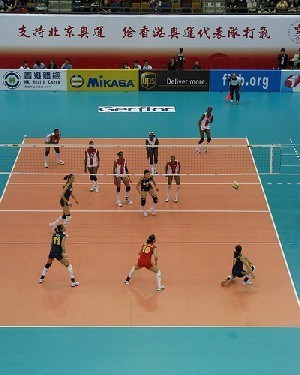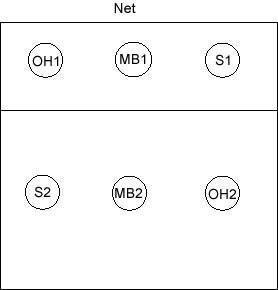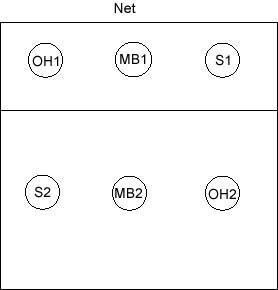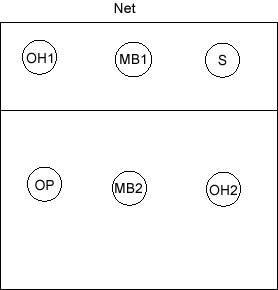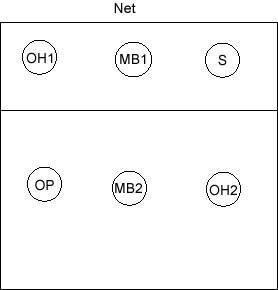This passing points system is a very efficient way to understand how well your offense is running. Many times, people think that if the ball s passed to the general area of the setter, that the offense is running well. By using this system, hopefully you will have a better understanding of how the offense is doing.
The point system is based entirely on how well the pass is for the setter to run the offense. So, you have to realize that the passing points system does not indicate how well the setter is setting, or how well the hitters are doing. Here is how it works:
The points will show how many offensive options the setter has based on how well the ball is passed. When you have accurate stats, you can help players use this information as they compete for volleyball scholarships.
A zero would be no points. This means that the ball was passed so poorly that the setter cannot set it to any of the front row options. Their only choice to set the ball is to a back row hitter or they may not even be able to get to the ball to take the second hit like they should.

One point would be a pass where the setter only has one setting option for the offense. This would be to the outside hitter and it would usually be the normal high set. This type of a pass severely limits how the offense can run and what you setter can do with the ball.
Two points means that the ball was a pretty good pass and the setter can set to two of the front row hitters. The two offensive options are usually to the outside hitter and to the opposite or back side hitter. Yes, the setter can still deliver the ball to a back row hitter, but the passing points system is to show the number of front options they have from the way the ball was passed.
Three points is the best kind of pass. This would allow the setter to run the full offense and have all offensive options available. The setter could set the ball to the outside hitter, the opposite or back side hitter, and the middle blocker for a quick attack in the middle. This is the best kind of pass and it helps the setter run the whole offense. The setter can only be as good as the passes they receive.

Now that you understand this volleyball passing points system, here is how you can use it. During the match, keep statistics on two things: the number of times you have received serve, and then add up the total number of points for the match. Once you know both of these numbers, you can divide the total number of points be the number of times you received serve. This will give you the average points per pass for that match.
Here is an example:
Times received serve: 20 Total Points: 49 Average points per pass: 49/20 = 2.45 points per pass
This would mean that on average, your setter had at least two offensive options per pass they had to set. The big picture is that you want this number to be as high as possible. If you notice that your average passing points are below 2.0, then you will want to focus more on passing drills and techniques during practices. This is one way of knowing what to spend your practice time on.
Speaking of volleyball practice, you might want to check that page out for additional tips on how to practice effectively and efficiently.

